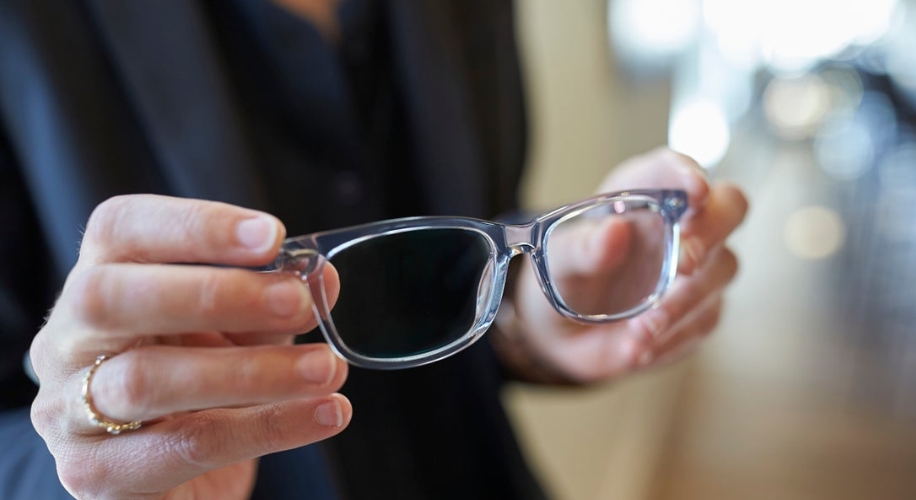Understanding the Anatomy of Glasses
- BY Dr. Sophia Moh
- IN Glasses
When you slip on a pair of glasses, you’re engaging with a tool that combines centuries of innovation and design. Every component of your eyewear serves a purpose, from enhancing your vision to ensuring your comfort. Let’s break down the anatomy of glasses and understand what goes into creating these essential pieces of eyewear.


Frame Front
The frame front is the most noticeable part of your glasses, and it’s where fashion meets function. Here’s what you need to know about this integral component:
- Bridge: The bridge is the part of the frame that goes over your nose. It’s crucial for the fit and comfort of your glasses.
- Rims: Rims encircle your lenses and can range from bold to barely-there. The style of the rims can affect how your glasses look on your face.
- End Pieces: Connecting the rims to the temples, end pieces are the small parts on the sides of the frame front. They often contain hinges for the temples.
Temples and Ears
The temples of your glasses, sometimes called “arms,” play a key role in ensuring your glasses stay put. Here’s what makes up this critical part:
- Temple Length: Usually ranging from 135 to 150mm, the length of the temple contributes to how well your glasses fit around your ears.
- Hinges: These allow the temples to fold inward and are often a point of style with different designs and constructions.
- Temple Tips: Also known as “earpieces,” they are the ends of the temples that rest behind your ears. They can be straight or have a slight bend to help grip and provide comfort.
Lenses and Vision Correction
At the heart of any pair of glasses are the lenses. They are the essence of vision correction, and modern technology has allowed for a variety of options to suit your needs:
- Single Vision Lenses: These are designed to correct a single field of vision, either distance or close-up.
- Progressive Lenses: Offering a seamless transition between multiple fields of vision, progressive lenses are a popular choice for those needing multifocal correction without the lines of traditional bifocals.
- Lens Coatings: Advances in lens treatments have led to options like anti-reflective, scratch-resistant, and blue light blocking coatings, which can protect your eyes and your lenses.

Understanding these components is just the beginning. The right fit, material, and style all contribute to how your glasses look and feel. When selecting your next pair of eyeglasses, consider how each part will serve your vision and comfort needs.
Whether you’re exploring eyeglasses online with Zenni Optical or in-store, getting to know the anatomy of your glasses can help you make informed choices about your eyewear. Remember, your glasses are not just a fashion statement but a sophisticated tool that enhances your daily life. For personalized help, don’t hesitate to reach out to our team—we’re here to guide you every step of the way.
About the Author: Dr. Sophia Moh, OD, ABOC
Dr. Sophia Moh, OD, is an optometrist based in the Bay Area, California. She holds a doctorate from UC Berkeley School of Optometry and has worked in various eye care settings, including primary care optometry, general ophthalmology, community health clinics, and Veterans Affairs. Dr. Moh is dedicated to improving global vision health by making high-quality, affordable eyewear accessible to all. She is also a certified American Board Optician (ABO) and actively contributes to optical education through training and lectures.